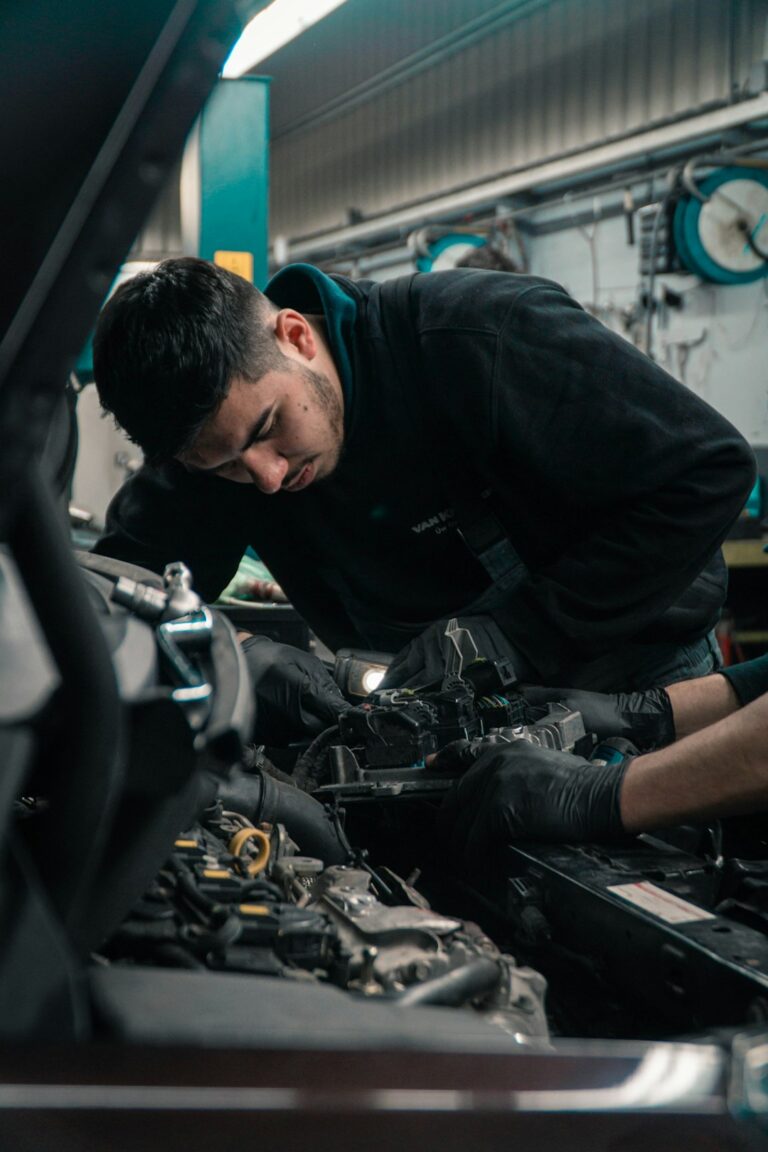Roofs are the backbone of any building, from homes to commercial establishments. The roof’s function is to protect the structure from different weather conditions such as rain, snow, and sun. Roofing is a significant investment, and the best way to ensure it lasts long is to provide maintenance and care. One way to protect your roof is through liquid membrane roofing.
Liquid membrane roofing is a modern and efficient way of roofing that can provide a waterproof and seamless coating. It involves using liquid coatings that are spread over the roofing material to create a monolithic and extremely durable layer. It can be used on a variety of surfaces such as concrete, metal, and wood. This innovative roofing solution has quickly become one of the most popular roofing options in recent years.
One of the main advantages of liquid membrane roofing is its ability to provide a seamless waterproof layer. Its seamless nature minimizes the chances of water leaking through cracks in the roof. While traditional roofing solutions involve shingles or tiles that overlap, liquid membrane roofing creates a uniform layer that is leak-proof.
Another advantage of liquid membrane roofing is its durability, which can last for years, providing reliable protection against harsh weather elements. It is known to withstand extreme temperatures, whether in hot or cold climates. This roofing solution is also known for its high resistance to ultraviolet UV light exposure, reducing the risk of your roof surface deteriorating over time.
The application process of liquid membrane roofing is relatively easy and straightforward, and it can be applied with minimal interruption to your day-to-day operations. Additionally, the roofing solution is eco-friendly. There are water-based and solvent-based liquid coatings that do not contain volatile organic compounds VOCs. It offers a safe option to the environment, keeping the air and waterways free from harmful pollutants.
When considering liquid membrane roofing, several types of liquid coatings are fit for various applications. They offer different advantages depending on specific needs and preferences. The first type is the water-based flexible coating, which is applied in a single coat deposition with high elasticity. It is ideal for flat roofs that have a risk of thermal expansion and contraction.
The second type is the solvent-based reflective coating, which provides excellent UV resistance, preserving the roof’s life. It is ideal for roofs that are exposed to direct sunlight because it reduces heat transfer and cools the roof surface temperature, minimizing the chances of thermal stress.
Lastly, the solvent-based abrasive-resistant coating is suitable for roofs that have high foot traffic, such as those used as walkways or access points. It provides a slip-resistant layer that can withstand the weight of people walking on the surface holding tools and equipment.
Liquid membrane roofing is an innovative roofing solution that can provide optimal protection against weather elements. It is durable and eco-friendly, reducing the environmental impact while ensuring your roof serves its purpose. The types of liquid coatings available cater to specific needs, offering a customizable option suited for diverse situations. By considering a liquid membrane roofing solution, you can guarantee your roof’s longevity and reliability while providing an excellent waterproof layer.













